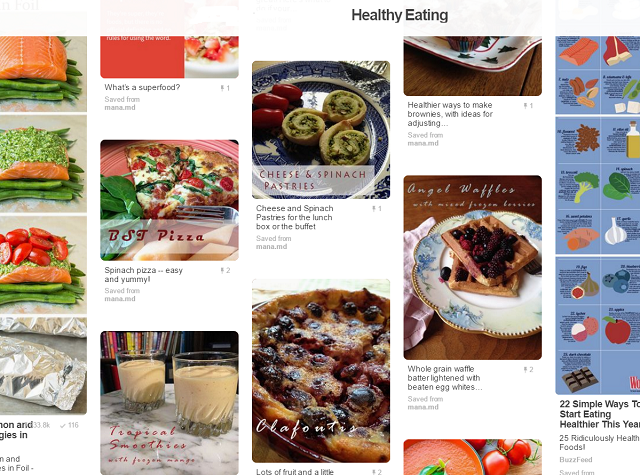Your cart is currently empty!

Recipes on Your Website
Many of our healthcare clients like to use recipes as part of their content marketing strategy. It makes sense. A recent study by the Hartman Group found that about half of Americans get recipes online, often from blogs, while 40% get recipes from social media. 54% of Americans share recipes online, too.
What’s more, a new Nielsen survey finds that the most significant change in consumer behavior — 52% of respondents chose this — is cooking more at home. The plan is to save money, stay safe, and keep healthy. But many younger Americans don’t actually know how to cook. They don’t know how to make basic meals without a recipe, and they don’t have a collection of cookbooks. They need recipes, and you can provide them with healthy ones.
Americans may or may not be eating healthier (a new study in the JAMA says half of deaths from heart disease, stroke, or type 2 diabetes can be traced to poor eating habits), but they are searching for healthy recipes. The more healthcare content marketing shares healthy eating options, we figure, the more likely people are to try some healthy cooking.
So recipes can benefit your website with high search volume and the satisfaction of helping support public health. They are also likely to be shared, especially if you post some good photos. Facebook, Instagram, and Pinterest are all excellent place to share your recipes.
Choosing recipes
Health and wellness websites have a natural connection with healthy recipes. We whip up heart healthy recipes for dentists to highlight the connection between oral health and heart health. We share high-fiber recipes for gastroenterologists. And of course we’ve developed recipes showcasing healthy ingredients for food product manufacturers.
But there’s no reason you can’t share your favorite weekend cocktail or dog treat recipe. Sharing recipes is an authentic social activity. We’ve had good results with sharing team members’ favorite recipes, healthy or not.
If you have a signature recipe you’ve developed over the years, you can share it on your website. But you can also take a classic recipe and change it up a little to suit your tastes. Make mama’s macaroni healthier or try pesto with some new greens.
Just don’t copy someone else’s recipe without their permission. Get their permission and link to their website, if you must — but remember that your copy of their content won’t do you any SEO favors. Google will show their recipe, not your reprint.
Formatting recipes
There are plenty of different ways to write up recipes, from a chatty paragraph to a precise list of ingredients followed by a numbered list of the steps in the instructions, with or without clarifying photos. Take your pick, but be consistent. Sometimes we’ve gone with full-on infographic style.

We usually choose a more traditional style, especially for websites where we have lots of recipes:

Make them shareable
Think about using the WP Recipe Maker plugin or a similar plugin if you have a WordPress website. This type of plugin will make your recipe printable, encourage social sharing and, in the case of Recipe Maker, add the extra code that tells Google you’re sharing a recipe.
If your blogger uses the Block Editor, try Recipe Card Blocks. It includes nutrition information, too.
Add the Pin-it button so a Pinterest reminder will show on your photo and encourage visitors to pin the recipe.
But above all make sure you have a good picture to share. Even people who don’t cook love to share pictures of food.

You can style your photo and add title text or watermark it with the URL of your website.
Used well, recipes can liven up your web content and introduce your website to new visitors.
by
Tags:

Leave a Reply